In the middle of the 12th century, Hungarian King Géza II invited German settlers to found colonies in the region now known as Transylvania, Romania, and defend the Eastern border of his realm. Legal, administrative and religious autonomy was granted to the colonists who lived on King’s land, in exchange for their allegiance to the Hungarian crown. Later these settlers became known as Transylvanian Saxons. By the middle of the 13th century, the Saxons began the fortification of their towns. Since then, fortified churches or walled church fortresses became a typical feature of the Transylvanian landscape. About 300 of the defensive structures 150 still survive. The greatest density of fortified churches is observed around Sibiu and in the villages around Medias.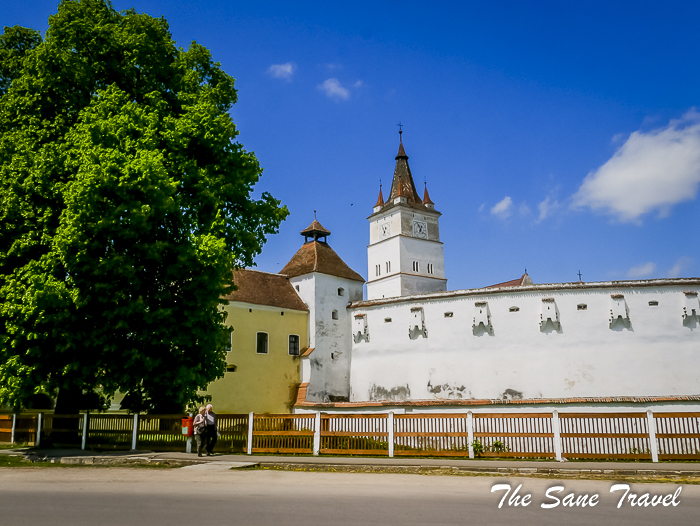
Unlike fortresses in Europe, fortified churches in Transylvania were not inhabited permanently. They had sacred functions and provided shelter for the population as defence facilities in cases of danger. It’s interesting to know that if four small towers were placed on the roof of the church tower, it was a sign that the city had the right to sentence people to death in the middle ages. Seven villages with fortified churches, namely Biertan, Viscri, Saschiz, Prejmer, Valea Viilor, Calnic, and Darjiu, are declared heritage monuments and included in the UNESCO world heritage list.
Seven villages with fortified churches, namely Biertan, Viscri, Saschiz, Prejmer, Valea Viilor, Calnic, and Darjiu, are declared heritage monuments and included in the UNESCO world heritage list.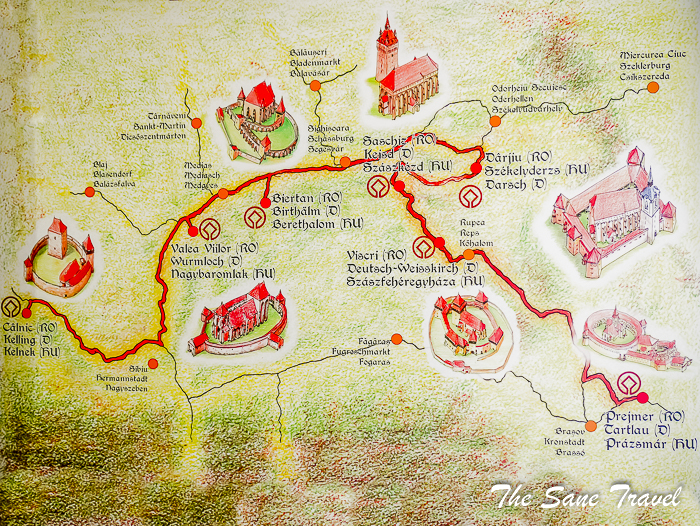 Here is my selection of five fortified churches to include in your Transylvania itinerary.
Here is my selection of five fortified churches to include in your Transylvania itinerary.
Harman
The name of the village comes from the Hungarian Harmany, meaning “mountain of honey”, which is believed to come from the beehives kept on the nearby hill. The German name of the village, Honigberg, has the same meaning. The date when the fortified church of Harman was built is uncertain, but it is known that it existed in the middle of the 13th century. The massive fortification surrounding the church was added two hundred years later. Two concentric walls and a defensive moat protected the church, with the inner wall reaching a height of 12 meters. At least seven towers contributed to the defence of the construction. Over the centuries, the Harman village and its fortified church were attacked and sieged repeatedly. In addition, it was affected by flooding, plague outbreaks, and fires. However, the church was restored each time. The church features medieval frescoes, best preserved of them, dating back to the end of the 15th century, that are to be seen in a chapel of the eastern tower. The bell tower has thick walls and is 32 meters high. For a while, it was the highest tower in the area. I very much enjoyed museum rooms dedicated to the different topics of the life of Harman, including school and craftsmen workshops, among the others.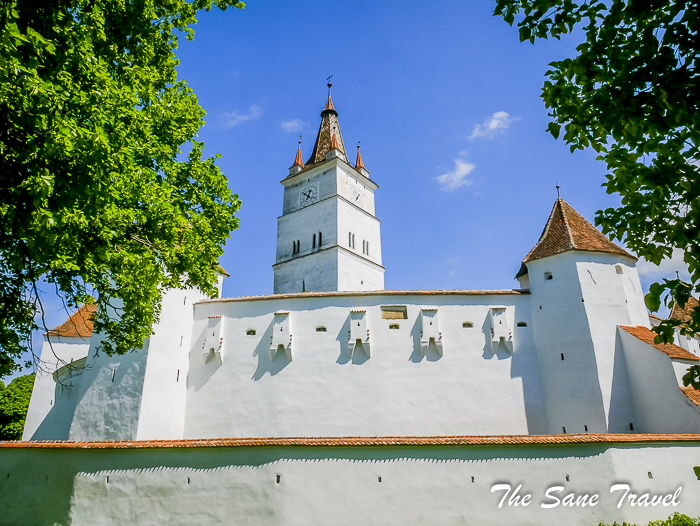
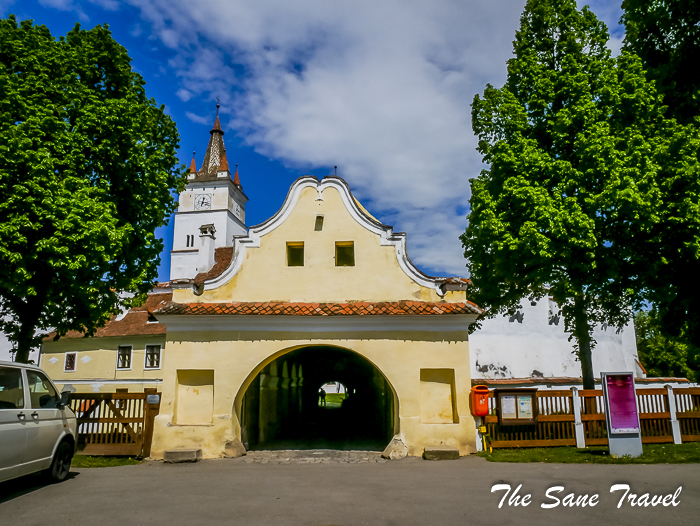
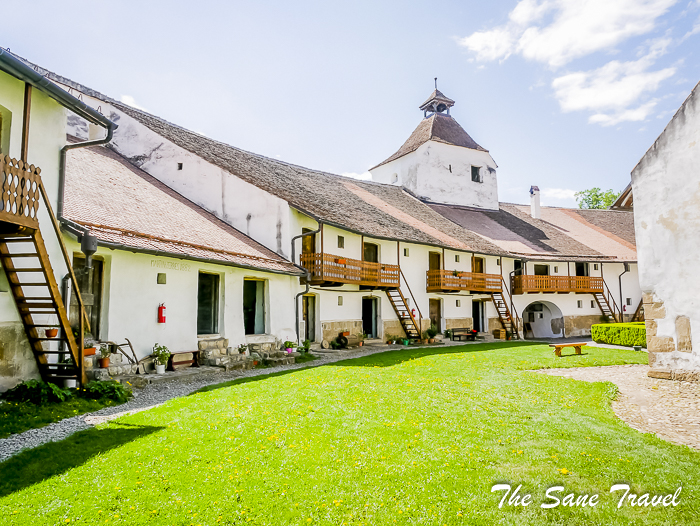
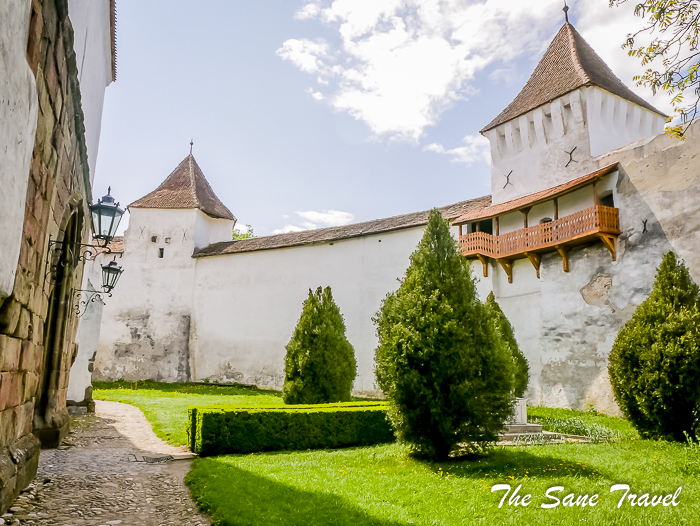
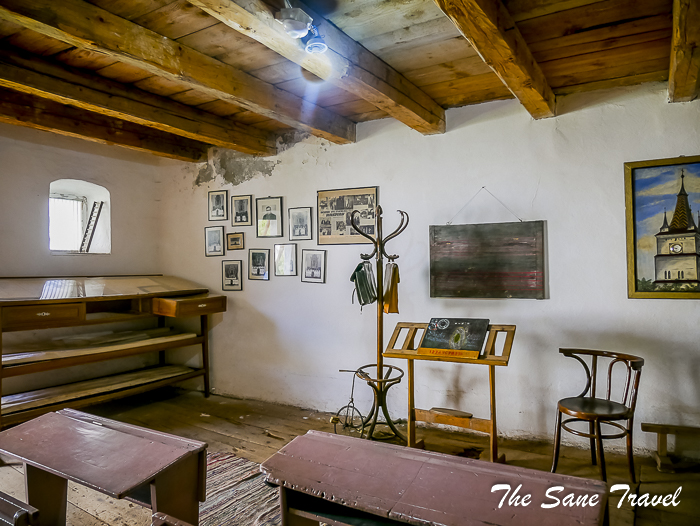
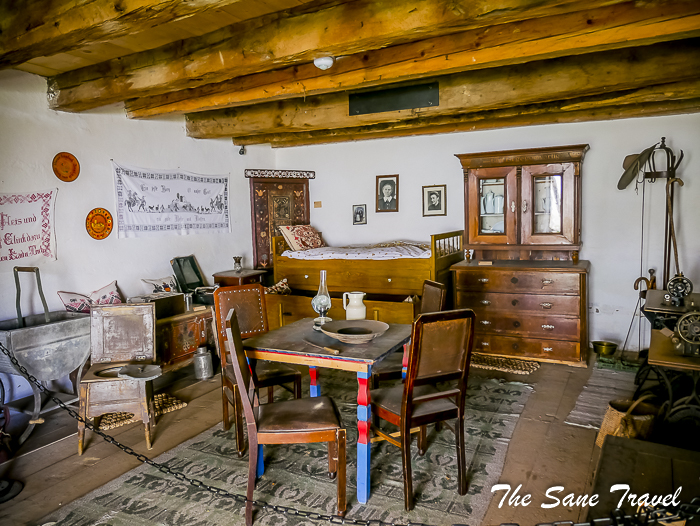
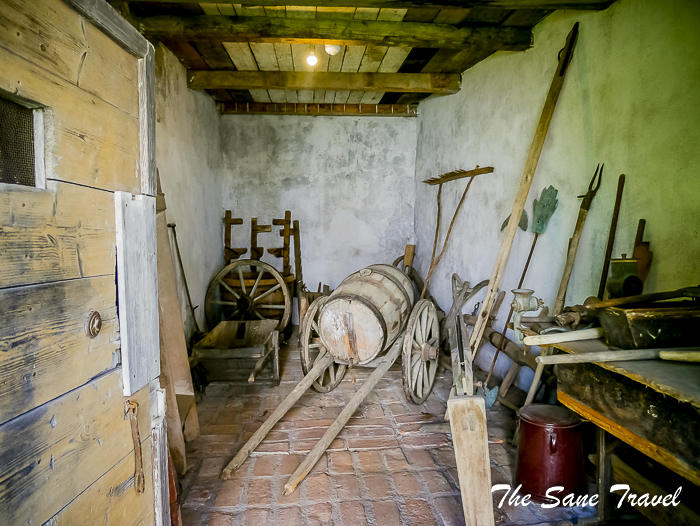
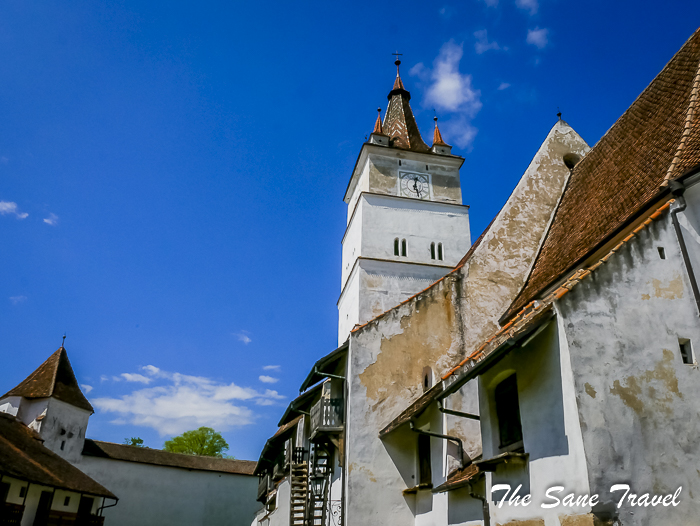
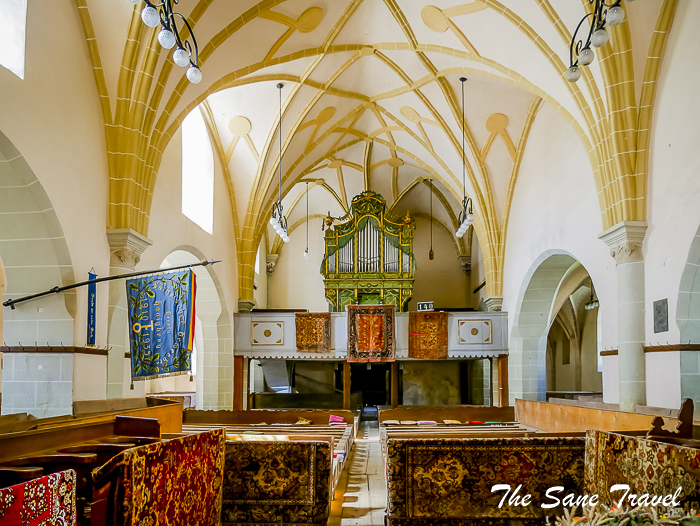
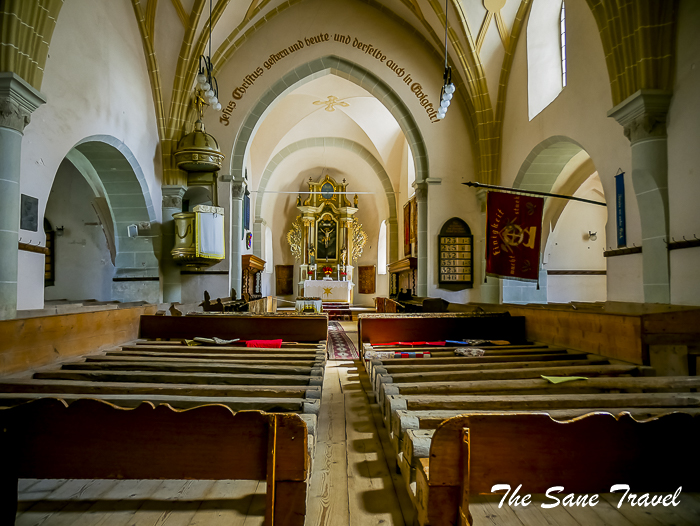

Practical information
Location: Harman is located 12 kilometres northwest of Brasov.
Address: Str. Mihai Viteazul 1, Harman.
How to get there: By train, railway station: Harman.
Closed on Mondays.
Prejmer
The construction of the fortress began in the 13th century. The second construction stage can be dated back to the late 15th and early 16th centuries. It has the most fortified walls of any of the fortified churches of Transylvania. In their current form, the height of the ring walls is up to 14 meters, with a thickness of up to 5 meters at the base. Inside the fortress, there are over 270 rooms for refuge and storage of provisions, distributed on two to four levels. Erected in the 13th century in early Gothic style, the church is a Latin cross-plan building with an octagon tower rising over the nave. Inside the church, a valuable altar depicting the “Passion of the Christ” dating from the middle of the 15th century has been preserved. You can access this massive fortress with a church in the middle through a 5 meter long tunnel. Today, the fortified church of Prejmer is one of the seven fortified Saxon churches that were designated by UNESCO as World Heritage Sites.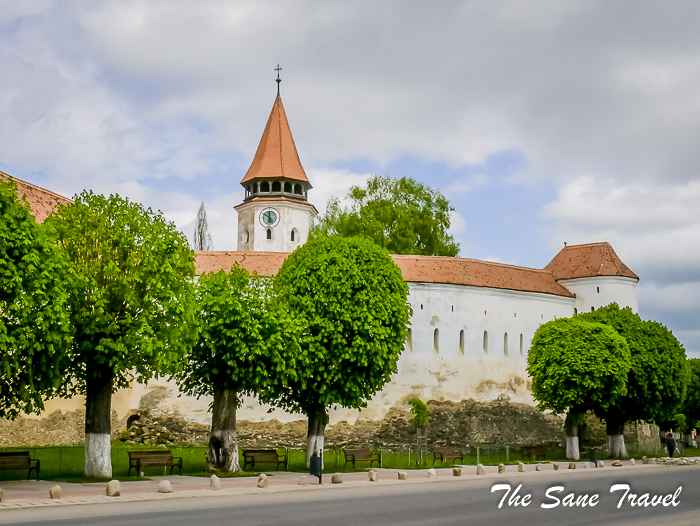
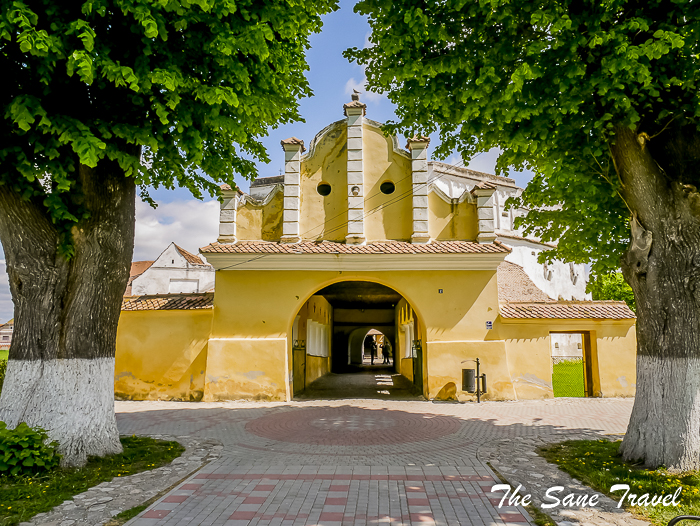
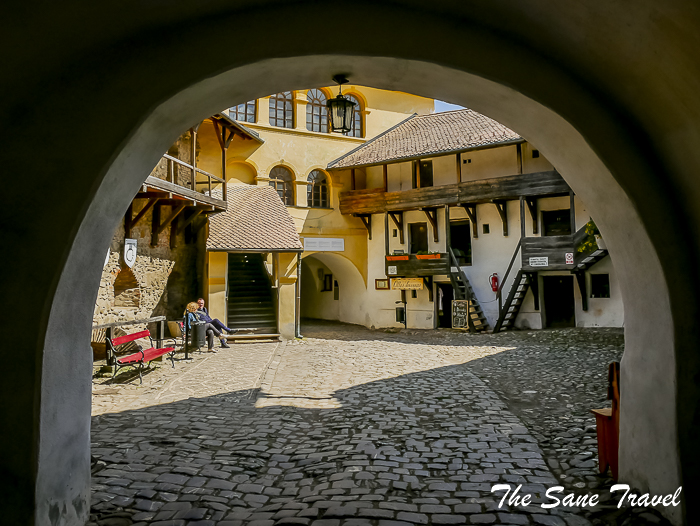
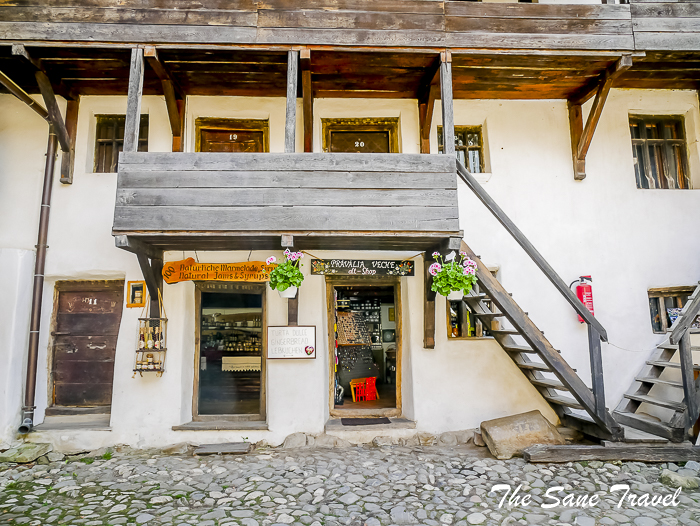
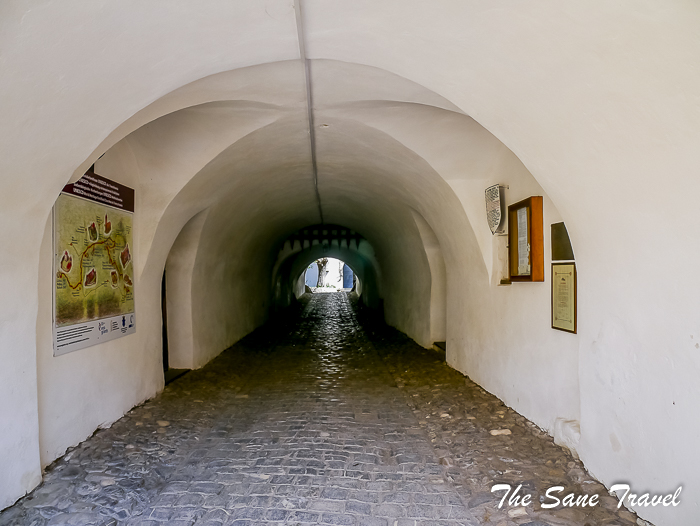
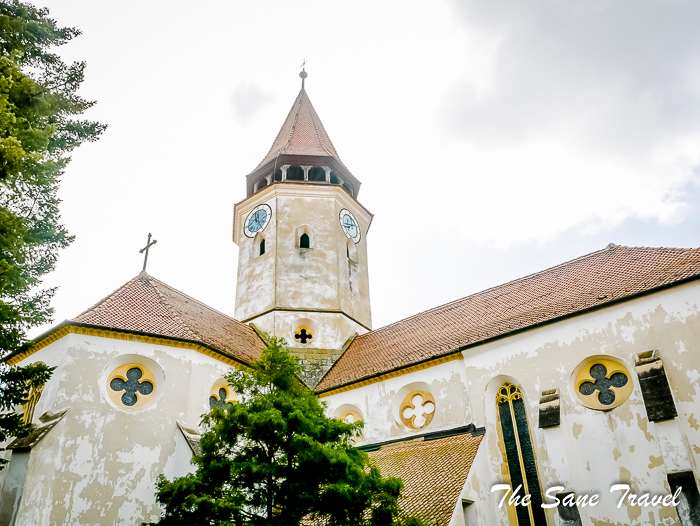
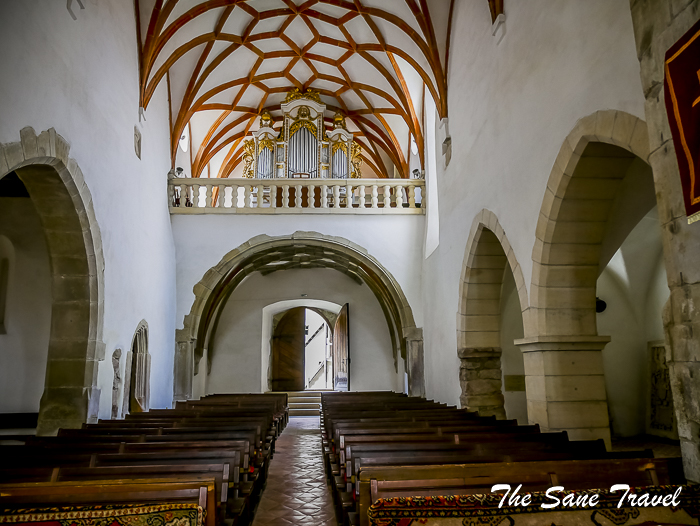
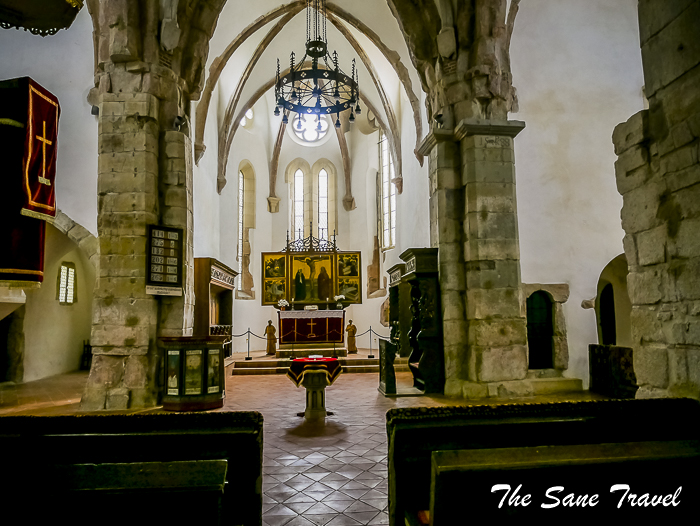
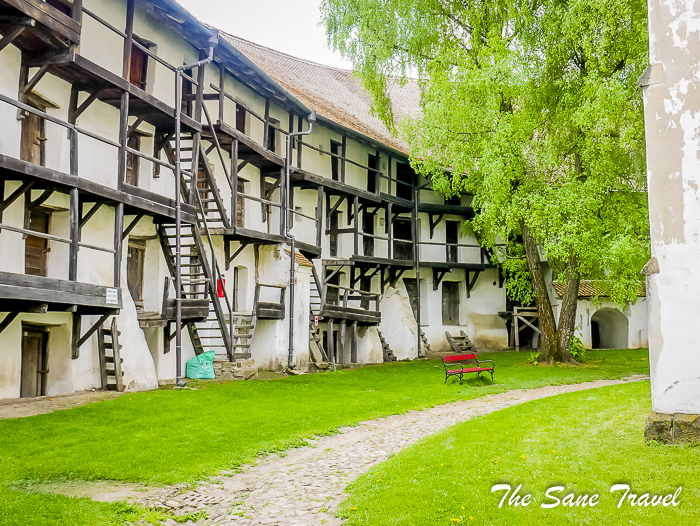
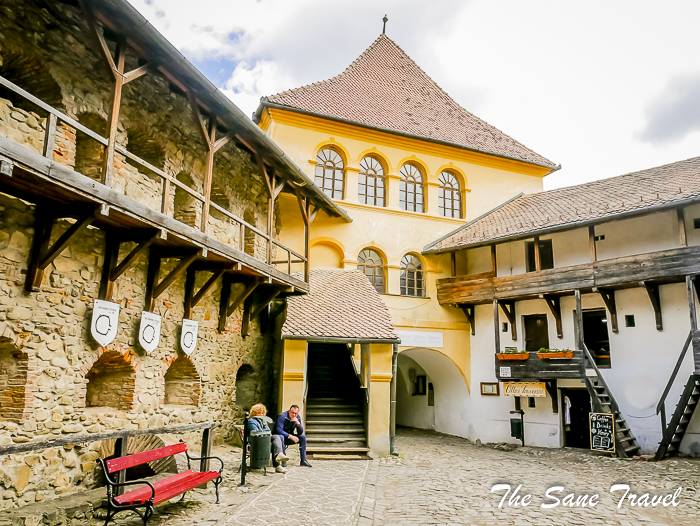
Practical information
Location: Prejmer is located 16 kilometres northeast of Brasov.
How to get there: Nearest train station: Prejmer. Also can be accessed by bus number 3 from Brasow.
Closed on Mondays.
Saschiz
One of the UNESCO World Heritage Sites, the fortified church of Saschiz is a highlight of Transylvania’s Saxon heritage. This Evangelical Church dedicated to Saint Steven was built at the end of the 15th century. The monument is very impressive due to its huge proportions and the way the fortifying elements have been adapted to the shape of a church building. The defensive features of the church are surpassed by the beauty of its gothic elements of architecture: huge arches, massive buttress and decorative elements made out of stone or bricks. The Clock Tower next to the church is one of Transylvania’s most beautiful medieval monuments. You can see the 12 skylights and the four little towers on the corners of the roof. The roof’s decoration and shape clearly indicate that the Clock Tower from Sighisoara was a model for building this tower. Prince Charles of the British Royal Family frequently visits the place and also makes consistent efforts to restore and preserve it.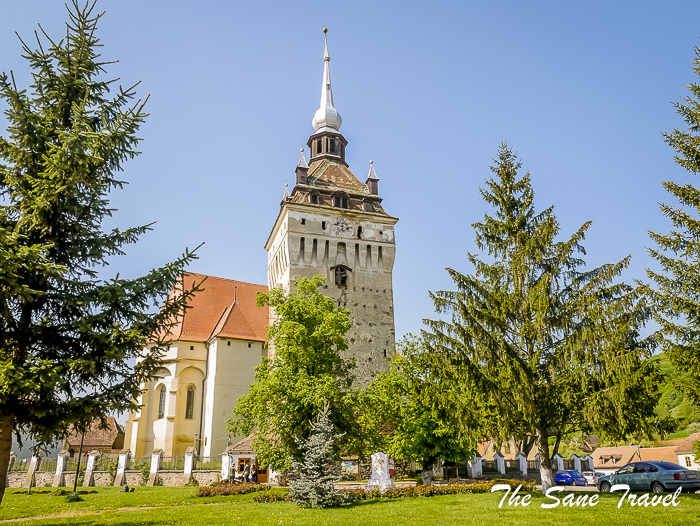
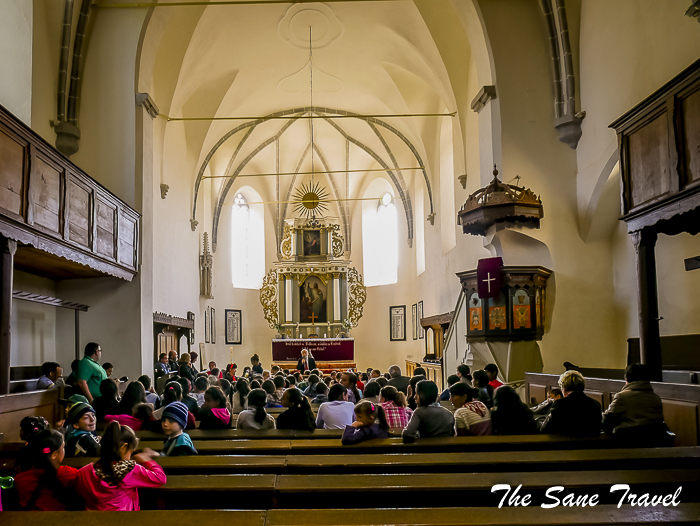
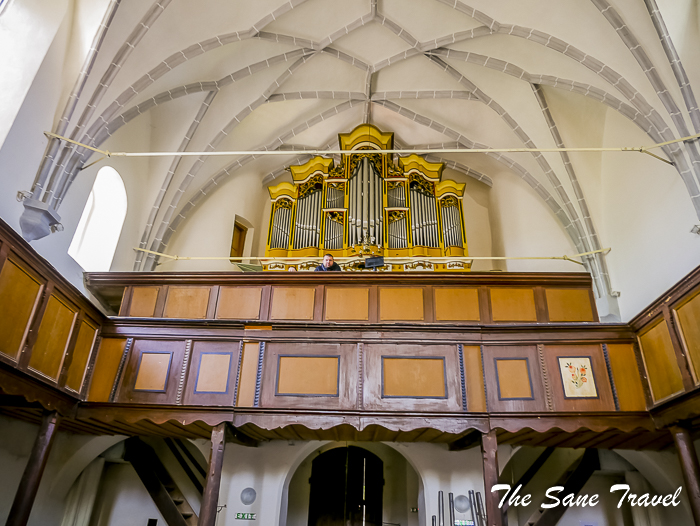
Practical information
Location: The village of Saschiz is 20 km away from Sighisoara and 100 km away from Brasov.
How to get there: there are 3 trains per day with 20 minutes ride from Sighisoara.
The church is closed on Tuesdays.
Medias
One of the largest fortified churches of Transylvania dominates the skyline of the old quarter of Mediaș. The fortified church dedicated to St Margaret of Antioch was built in the late 15th century in Gothic style. Up to triple curtain walls with four defensive towers surround the monument. The Trumpeter’s tower with its height of 68 meters represents the most prominent landmark of the city. As the name suggests, the city watchmen sounded the alarm with a trumpet when they saw the enemies approaching. The tower is included in the list of the most impressive inclined towers in the world. It has a vertical slope of 2.28 m. The tower has a clock showing the phases of the moon. One interesting fact is that the ruler of Wallachia, Vlad Tepes (Dracula), was imprisoned in the church tower in 1476, after a conflict with King Matthias Corvinus.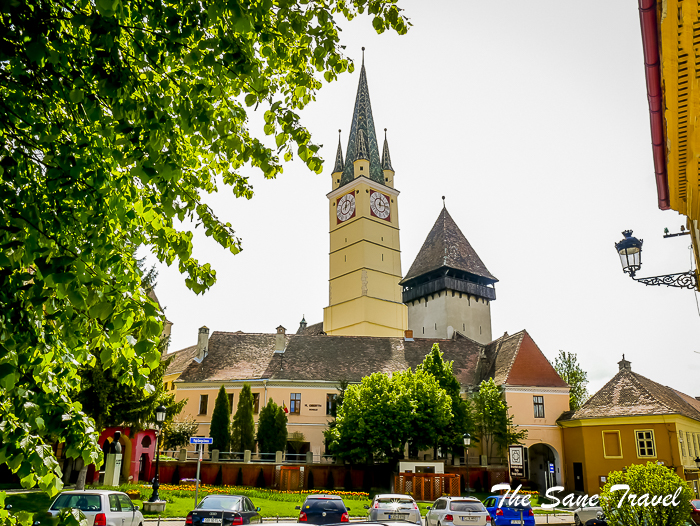
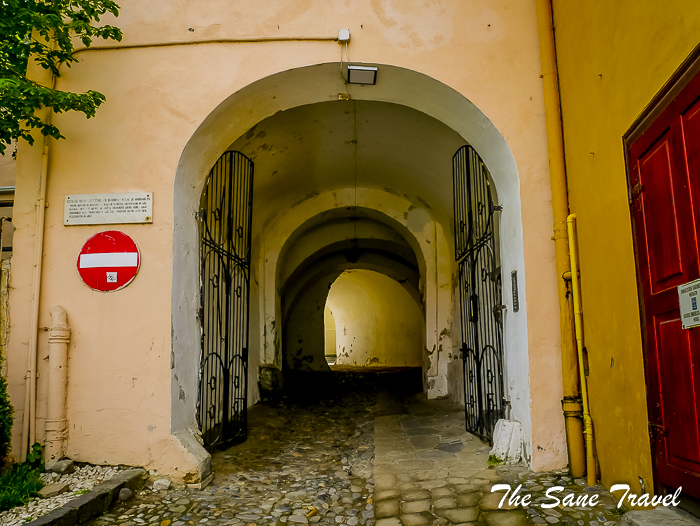
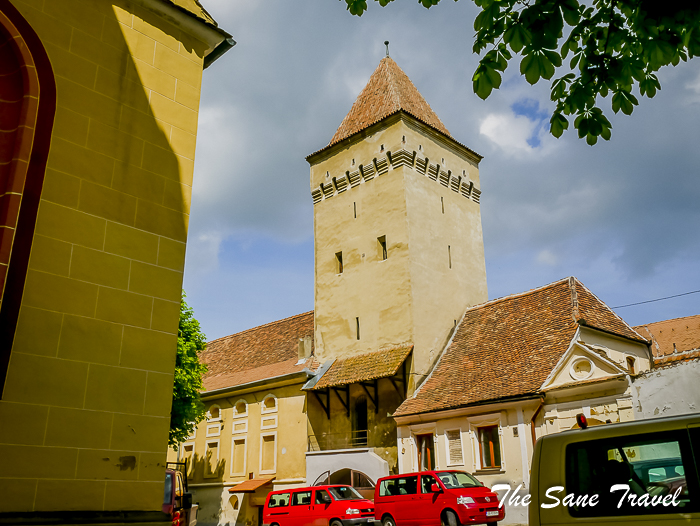
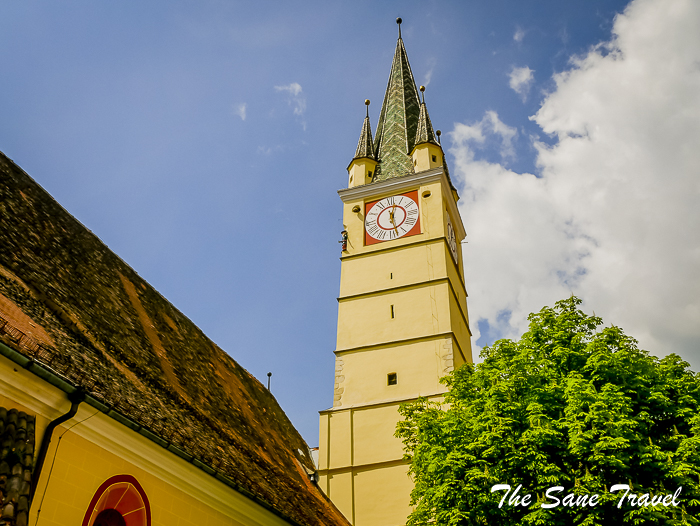
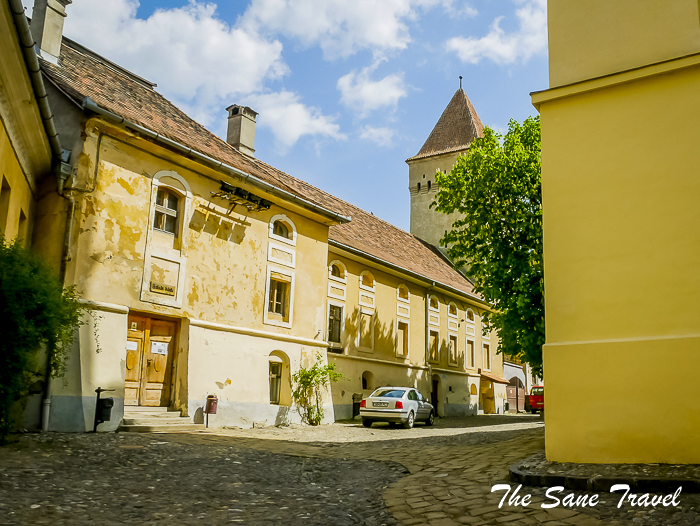
Besides the impressive exterior, the church amazes viewers with its stunning interior covered with 500-600 years old murals. Visitors can also admire an impressive collection of Oriental carpets, the third most important in Romania. The significance that the rugs had within the Saxon communities went well beyond domestic use. Oriental carpets were prized as prestige items and their multiple uses led to their accumulation in Transylvania. These textiles, in the tradition of the Ottomans, with soft colours and motifs depicting floral, geometric, or calligraphic patterns became a suitable decoration for the churches. This phenomenon is unique and quite extraordinary. For me, Medias was the first place in Romania where I discovered it.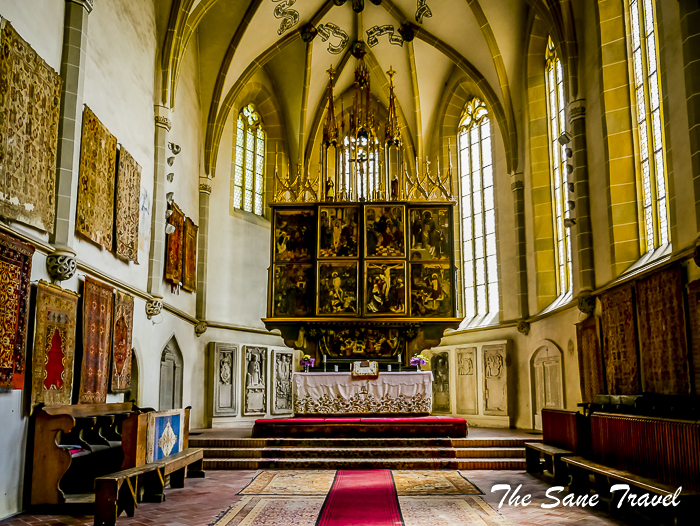
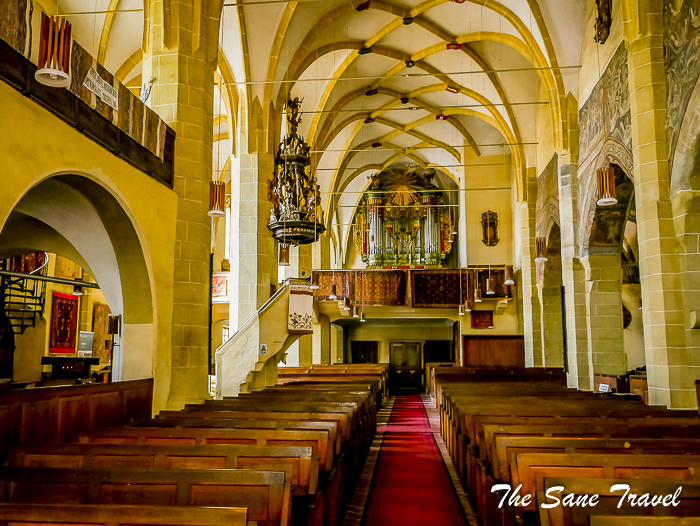
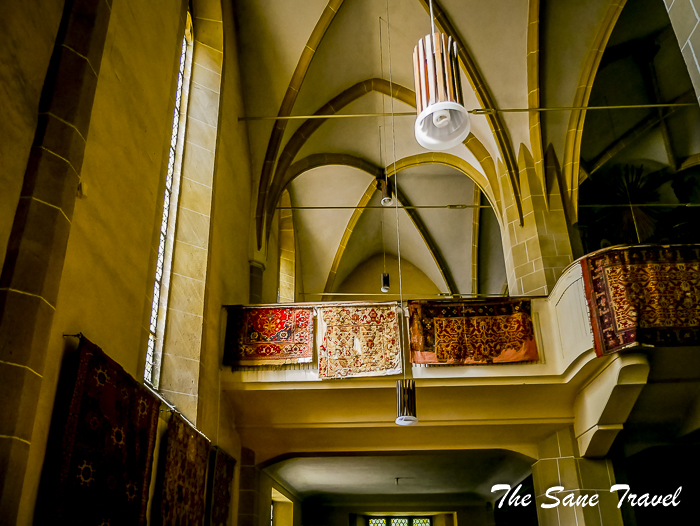
Practical information
Location: 55 kilometres from Sibiu.
Address: Piaţa Castelului, nr. 2 Medias.
How to get there: Train: eight rides a day to and from Sighisoara. Other cities available by train are Bucharest, Alba Iulia, Arad, Brasov, Cluj-Napoca, Oradea, Sibiu, and Timisoara. Medias has direct bus routes to Alma Vii, Bazna and Targu Mures. By car: follow the National Road 14, Medias is located between Sibiu and Sighisoara.
The church is open daily.
Biertan
Not just the fortified church of Biertan, but the entire complex is rather striking. The church is located on a high hill surrounded by vineyards, forests, and maize fields. You will find an appealing and peaceful environment there. A covered 100 metre long stairway leads from the central square of the village to the church. On top of the stairs, there is a large boulder that was used to punish wrongdoers by forcing them to sit there to be seen by the entire community. The Biertan Fortified Church was built in the late 15th to early 16th century. Its construction style was inspired by Renaissance art and late Gothic architecture forms. The surrounding fortifications are considered the strongest in Transylvania. It has three rows of walls, 6 towers and 3 bastions built at different times.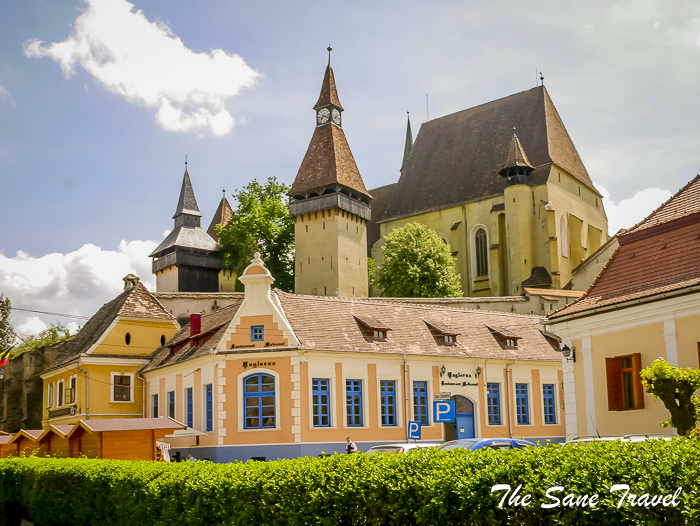
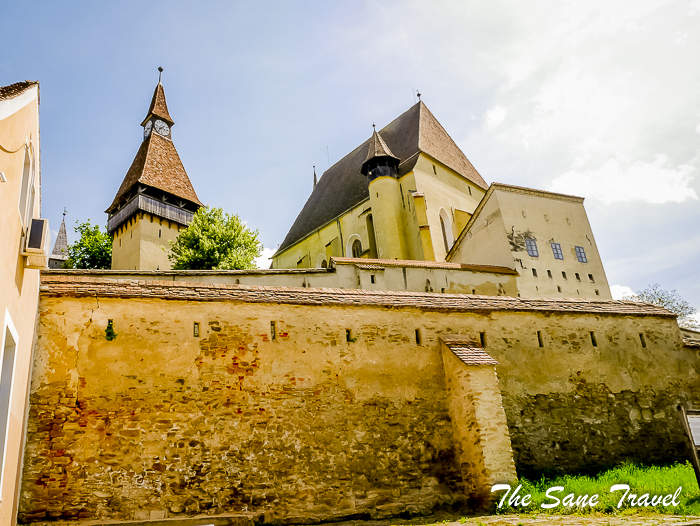
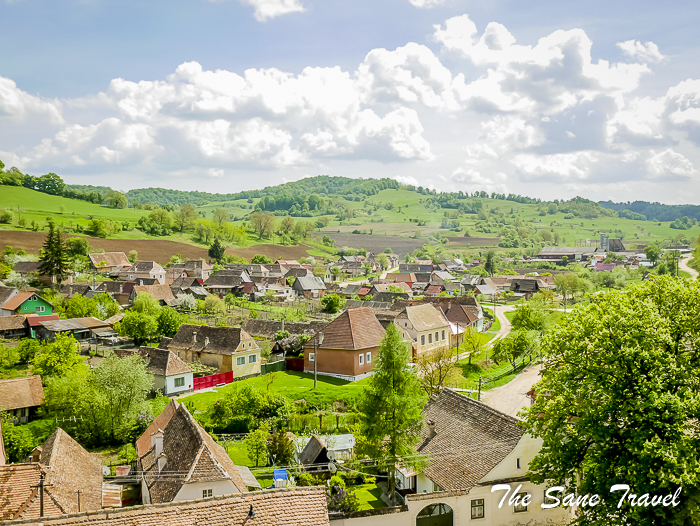
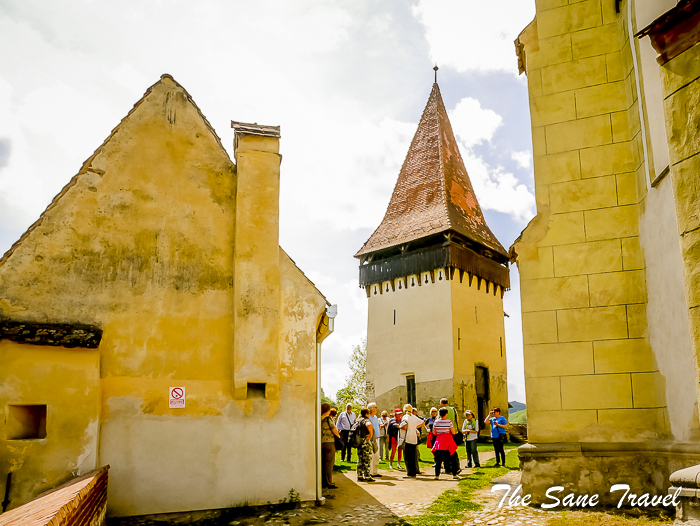
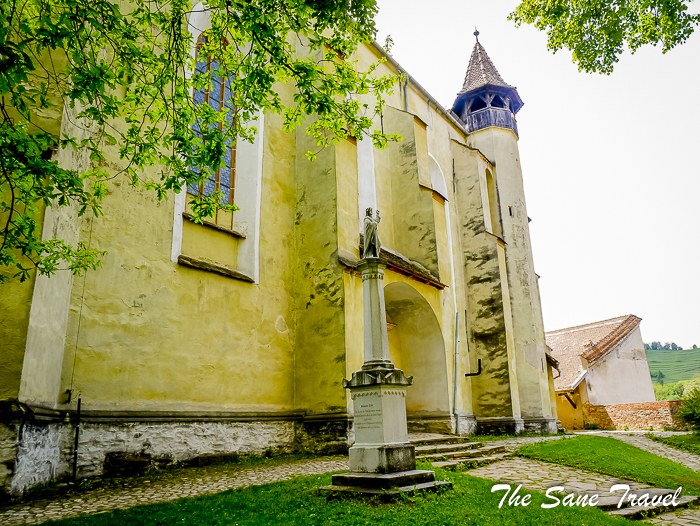
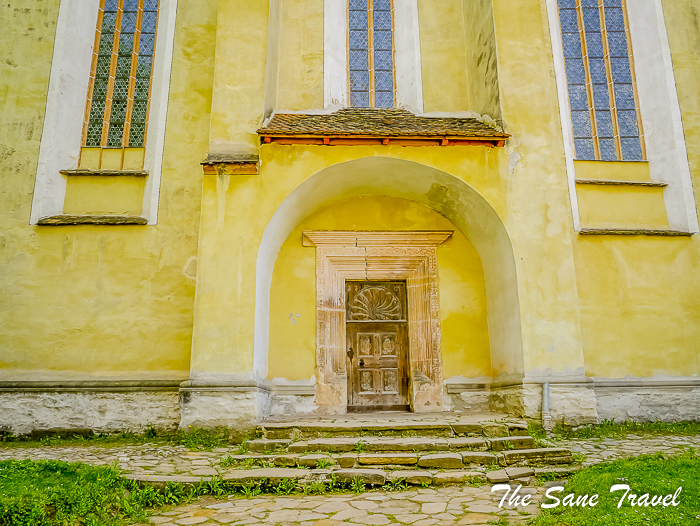
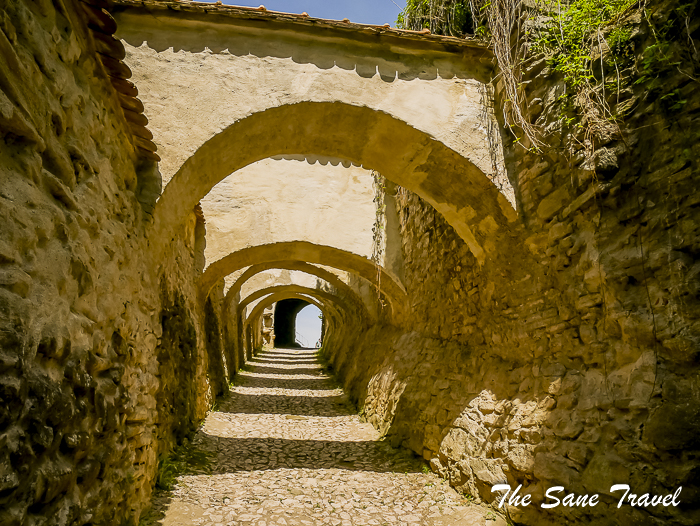
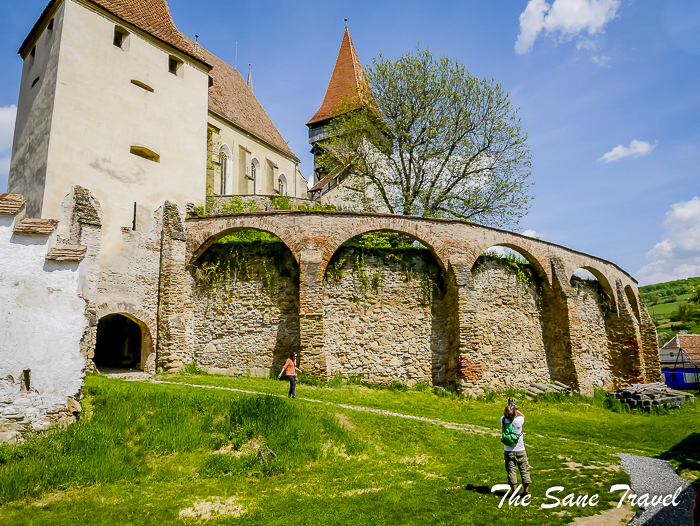
The Mausoleum tower houses the graves of the church's priests.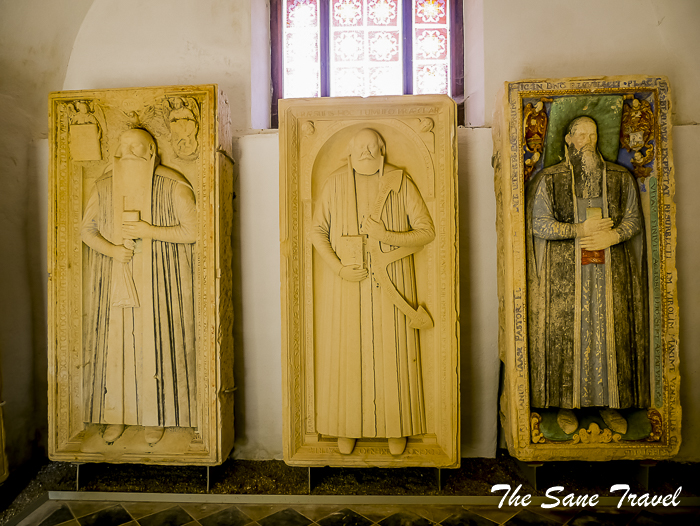 Take notice of the building of the matrimonial prison as well. This prison was the place where couples who sought divorce were locked in that cell for two weeks, receiving food on a single plate, with only one set of cutlery and one water cup. The legend has it that, of all the couples locked in there, only one decided to go through with the divorce.
Take notice of the building of the matrimonial prison as well. This prison was the place where couples who sought divorce were locked in that cell for two weeks, receiving food on a single plate, with only one set of cutlery and one water cup. The legend has it that, of all the couples locked in there, only one decided to go through with the divorce.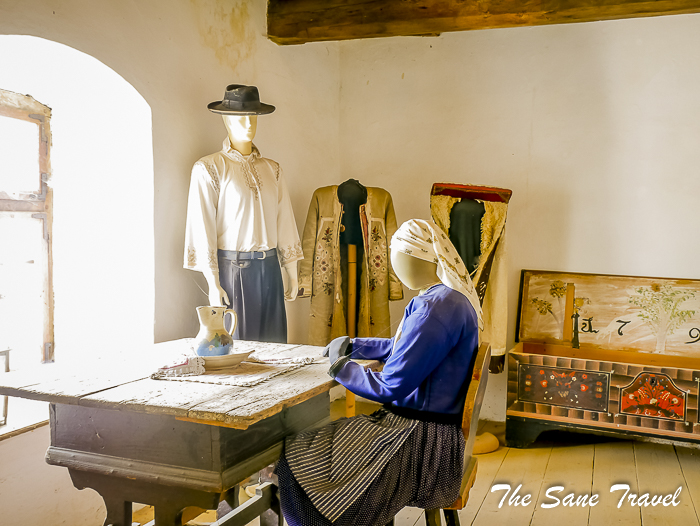 The village is included on the UNESCO world heritage list.
The village is included on the UNESCO world heritage list.
Practical information
Location: Biertan is situated 30 kilometres from Sighisoara and 80 km from Sibiu. It is just about 10 kilometres from the national highway, linking Mediaș to Sighișoara.
Address: Biertan, Sibiu, Romania
How to get there: You can reach Biertan by car.
Open 1 April - 31 October daily. Closed 1 November - 31 March.
At the time of my visit in April 2018, the church was closed. Visitors could just walk around the fortified area.
General practical tips
I did all five fortified churches as part of my Transylvania road trip. You can do 4 of 5 from the list also by public transport. For Biertan you will need a car. Harman and Prejmer can be easily done from Brasov. Medias, Biertan and Saschiz are all quite close to Sighisoara. If you can only make it to two fortified churches, I would suggest Medias and Harman, both accessible by public transport. If you arrive at one of the churches and find it closed, look for a phone number at the door. You can call so the keeper may come and open it for you. I also wanted to see Viscri, but in the spring of 2018 the road to Viscri village from Sighisoara was too bad to go by car and I decided to go back before reaching it. So check road conditions before you go, so as not to damage your car.
Like the post? Pin it!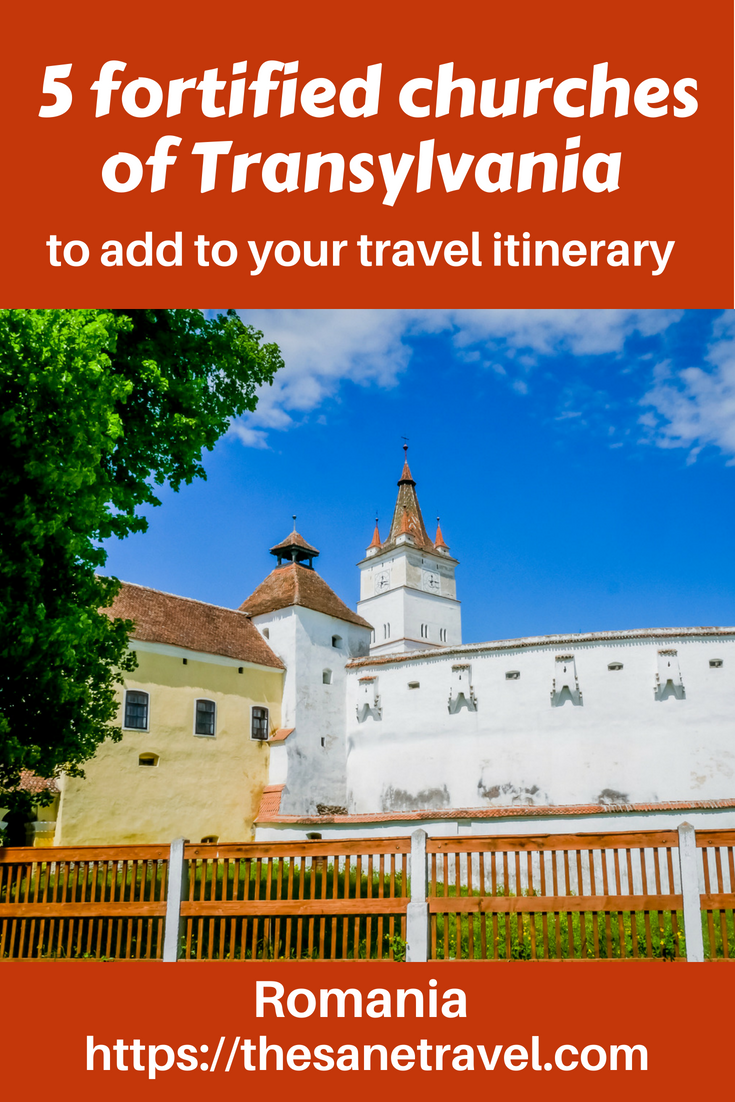 You may also enjoy reading about things to do in Bucharest. Check things you need to know when traveling to Romania.
You may also enjoy reading about things to do in Bucharest. Check things you need to know when traveling to Romania.
Author: Anita Sāne

About the author
Anita is a part-time traveller, passionate photographer and a retired career woman from Latvia, travelling mostly solo for more than 15 years. She is a skilled travel planner who plans and executes her travels by herself. Anita wants to show you how to travel the world and open your mind to new experiences. Follow her on Facebook, Instagram, Pinterest, Twitter and Bloglovin.
{module Sign for my blog news! (2)}




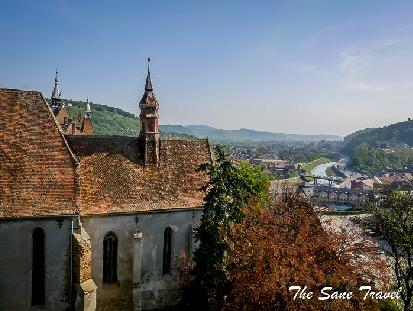
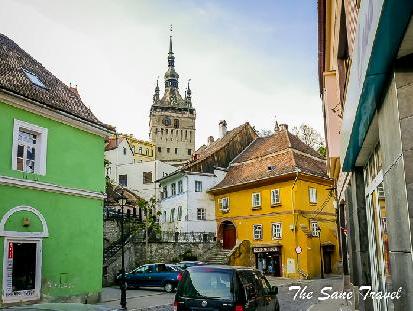
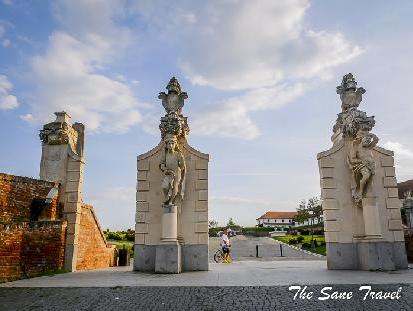
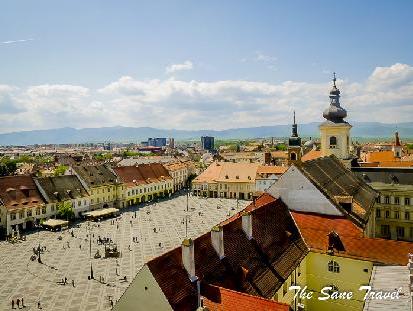
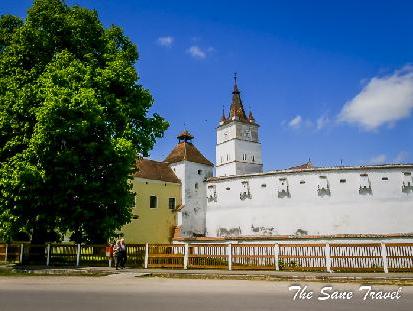
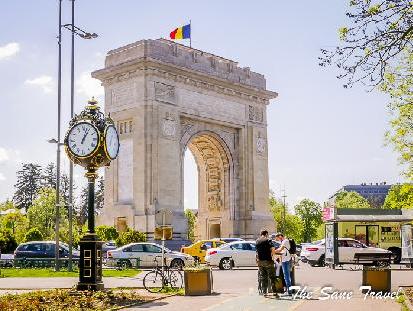
Report
My comments